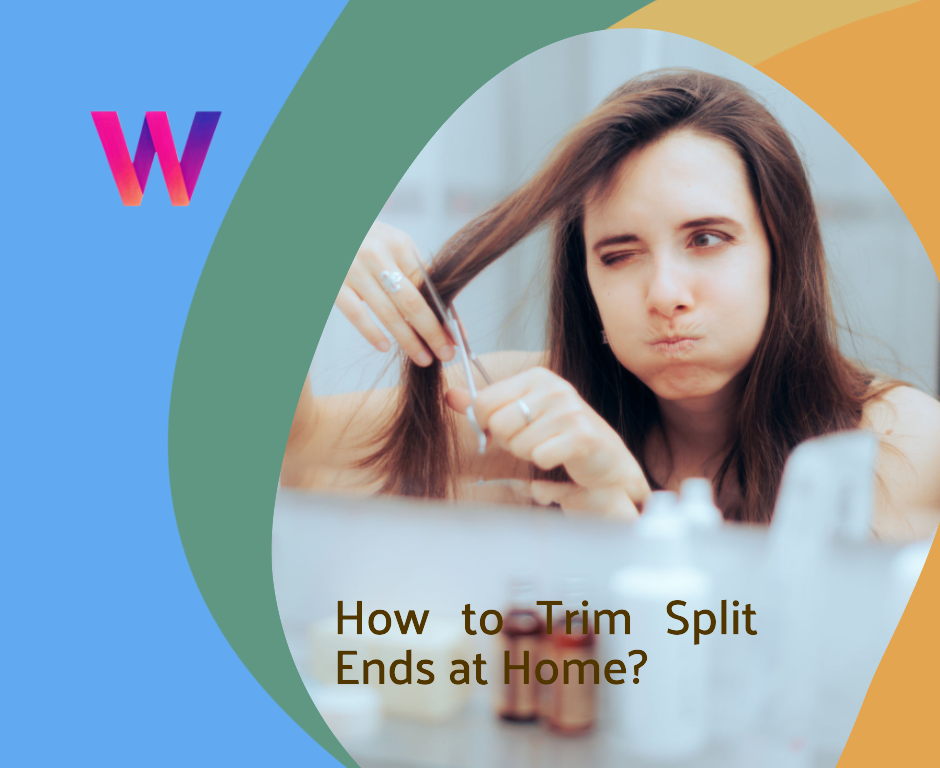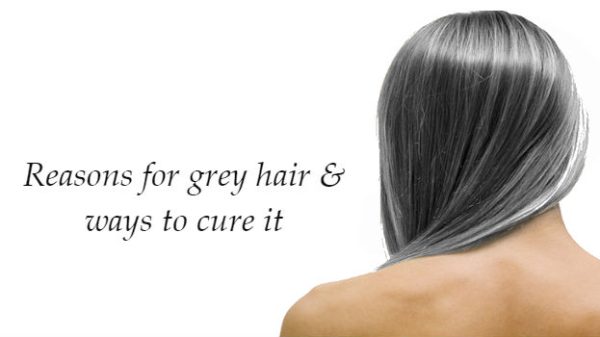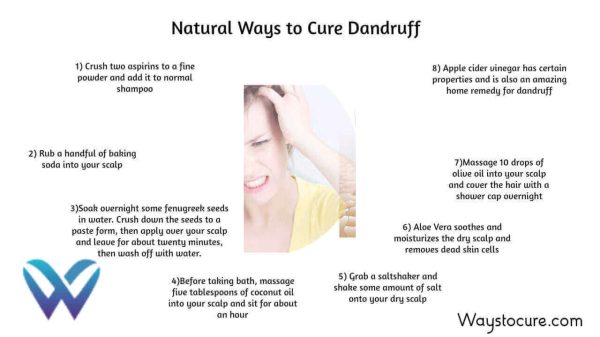Split ends can be a pesky hair problem that many of us face. They not only make our hair look frizzy and unhealthy but also hinder its growth. While regular visits to the salon for a trim can help maintain healthy hair, sometimes it’s not always convenient or affordable. The good news is that you can take matters into your own hands and trim split ends at home with a few simple steps. In this article, we will guide you through the process of how to trim split ends at home, ensuring that your hair remains healthy and beautiful.
Having split ends is a common hair concern that occurs when the protective outer layer of the hair strand, called the cuticle, starts to fray or split. This can be caused by a variety of factors, including excessive heat styling, chemical treatments, lack of moisture, and rough handling of the hair. While trimming split ends won’t magically repair them, it can prevent them from spreading further up the hair shaft and improve the overall appearance and health of your hair.
Table of Contents
Understanding How to Trim Split Ends
Split ends typically appear as Y-shaped or forked ends of the hair strands. They are more noticeable on longer hair due to the older and more exposed ends. If left unattended, split ends can travel up the hair shaft, causing more damage and leading to breakage. It’s important to address them as soon as possible to maintain the health and vitality of your hair.
Why Trimming Split Ends is Important
Trimming split ends is essential for maintaining the health and appearance of your hair. Here are a few reasons why it is important:
- Prevents Further Damage: By trimming split ends, you prevent them from splitting further up the hair strand and causing more damage.
- Enhances Hair Growth: Regularly trimming split ends promotes healthy hair growth by removing the damaged ends and allowing the hair to grow without hindrance.
- Improves Hair Texture: Trimming split ends helps improve the overall texture of your hair, making it smoother, shinier, and more manageable.
- Prevents Tangling and Breakage: Split ends can lead to hair tangling and breakage, especially when combing or styling. Trimming them reduces these issues and prevents unnecessary hair loss.
[Read: How to Care for Permed Hair?]
Tools Required for Trimming
Before you begin trimming split ends at home, gather the following tools:
- Sharp Hair Scissors: Invest in a pair of hair scissors specifically designed for trimming split ends. These scissors have a sharp, precise blade that will help you achieve clean cuts.
- Wide-Tooth Comb: A wide-tooth comb will help you detangle your hair and separate it into sections for easy trimming.
- Hair Clips: Use hair clips to divide your hair into manageable sections, ensuring that you don’t miss any split ends.
[TRY SPLIT-ENDER PRO 2 AUTOMATIC EASY SPLIT ENDS REMOVER]
Preparing Your Hair
To prepare your hair for the trimming process, follow these steps:
- Cleanse and Condition: Start with clean, freshly washed hair. Use a moisturizing shampoo and conditioner to nourish your hair and make it more manageable.
- Detangle: Gently detangle your hair using a wide-tooth comb, starting from the ends and working your way up to the roots.
Sectioning Your Hair
Sectioning your hair will make it easier to identify and trim split ends. Follow these steps to divide your hair into sections:
- Divide your hair into two equal sections by parting it down the middle.
- Secure one section with a hair clip to keep it out of the way.
- Take a smaller section from the unclipped side and secure the rest of the hair with another clip.
- Continue dividing your hair into smaller sections until you have manageable strands to work with.
[Read: How to Care for High Porosity Hair?]
Identifying and Trimming Split Ends
Now that your hair is sectioned, it’s time to identify and trim the split ends:
- Release a small section of hair from the clip.
- Hold the section of hair between your index and middle fingers, with the ends pointing upward.
- Slowly slide your fingers down the hair strand, inspecting it for split ends.
- As soon as you spot a split end, hold it firmly between your fingers and trim it just above the split, ensuring that you don’t cut too much length.
Techniques for Trimming Split Ends
When trimming split ends, you have a few techniques to choose from. Here are two common methods:
- The Search and Destroy Method: This technique involves individually inspecting each hair strand for split ends and trimming them as you find them. It is time-consuming but ensures precision.
- The Dusting Method: Dusting involves trimming a minimal amount (around 1/8 inch) from the ends of your hair without losing significant length. This method is suitable for those who want to preserve their hair length while removing split ends.
Choose the technique that best suits your preferences and hair type.
Aftercare for Split Ends
After trimming your split ends, it’s essential to provide proper aftercare to maintain the health of your hair:
- Moisturize: Apply a leave-in conditioner or hair oil to keep your hair moisturized and prevent further dryness and damage.
- Protective Styling: Opt for hairstyles that minimize friction and protect your ends, such as braids, buns, or updos.
- Limit Heat Styling: Excessive heat can lead to split ends. Minimize the use of heat styling tools or use a heat protectant spray before styling.
- Regular Trims: To prevent the recurrence of split ends, schedule regular trims every 8-12 weeks.
Preventing Split Ends
While trimming split ends is important, it’s equally crucial to prevent their occurrence in the first place. Here are some tips to help you prevent split ends:
- Avoid Excessive Heat: Limit the use of heat styling tools and always use a heat protectant spray when styling with heat.
- Protect from UV Rays: UV rays can damage your hair and lead to split ends. Protect your hair by wearing a hat or using hair products with UV protection.
- Be Gentle: Avoid aggressive combing or brushing, especially when your hair is wet, as it is more prone to damage.
- Hydrate Your Hair: Keep your hair well-moisturized by using hydrating shampoos, conditioners, and hair masks.
- Avoid Chemical Overprocessing: Chemical treatments, such as perming or relaxing, can weaken the hair and make it more prone to split ends. Use such treatments sparingly and follow the instructions carefully.
Frequently Asked Questions (FAQs)
- Q: Can I use regular scissors to trim split ends? A: It is best to use sharp hair scissors specifically designed for trimming split ends. Regular scissors may cause more damage and uneven cuts.
- Q: How often should I trim split ends? A: It is recommended to trim split ends every 8-12 weeks or as needed, depending on the condition of your hair.
- Q: Will trimming split ends make my hair grow faster? A: Trimming split ends won’t directly make your hair grow faster. However, it will prevent further damage and breakage, which can lead to healthier hair growth.
- Q: Can I prevent split ends without trimming? A: While trimming is the most effective way to remove split ends, you can minimize their occurrence by following a proper hair care routine and avoiding damaging practices.
- Q: Should I trim split ends myself or visit a salon? A: It depends on your comfort level and preference. If you feel confident and have the right tools, you can trim split ends at home. However, if you’re unsure or want professional guidance, visiting a salon is a good option.
Conclusion
Trimming split ends at home is a convenient and cost-effective way to maintain the health and beauty of your hair. By following the steps outlined in this article and incorporating preventive measures, you can keep split ends at bay and enjoy healthy, lustrous locks. Remember to be gentle with your hair, moisturize regularly, and schedule regular trims to keep your hair in its best condition.











